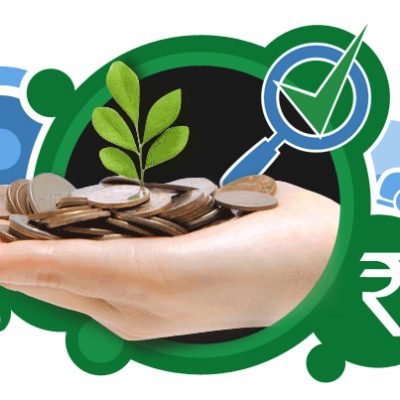A personal loan (https://www.loanbaba.com/personal-loan/) is a type of unsecured loan which is given by the bank to meet your personal need. You don’t require mortgaging any security or collateral to avail a personal loan. A personal loan is issued by the bank to meet the wedding expenses, travel expenditure, medical emergency or buying any household commodities like an air conditioner. It is issued by the bank on the basis of the borrower’s credit history and his ability to repay the loan from his monthly income
An overdraft allows an account holder to withdraw money from his account even when he does not have any money in it. It is a working capital facility provided by the banks only to their current account holders. The overdraft facility allows the customer to use more funds from his account than what is actually present in it.
There are some basic differences between a personal loan and overdraft facility.

Faster Fund Release
In order to get a personal loan, you have to do a lot of paperwork. First, you have to fill up the application form and submit it to the bank for approval. In order to get your loan approved you need a decent CIBIL score. Every time you require a fund, you need to go through the same documentation process to get your loan approved. It is a tedious job.
Overdraft, on the other hand, can be approved much faster and easier. Once you have to do the initial set up for your overdraft and get it approved by the bank. Next time onwards, you can withdraw money from the bank with the overdraft facility within a couple of hours. It can be considered as a hassle-free work
Tenure
The main difference between a personal loan and an overdraft is the time frame within which you need to return the money to the bank. A personal loan is long-term agreements between the bank and the borrower. The tenure of the personal loan is between 12months to 60months. If you return the entire amount of money borrowed by a personal loan before completing the tenure, you need to pay some prepayment charges. An overdraft can be considered as short-term funding arrangement between the bank and the account holder. You can return the entire money drawn through overdraft facility in the next month itself, there is no penalty for that
Interest Calculation
In case of a personal loan, the interest is calculated on a monthly basis. The borrower has to pay a fixed sum of money to the bank through EMI. The interest of the personal loan is calculated on the entire money borrowed from the bank. On the other hand, in case of an overdraft, the interest is calculated on the overdraft amount borrowed and not on the limit of overdraft facility fixed between the bank and the account holder.
Withdrawal amount
There is no fixed limit to the amount that can be granted as a personal loan. It is usually higher than the overdraft limit. In overdraft facility, the money withdrawn from the bank should be within the overdraft limit granted by the bank.
CIBIL Score Protection
When you take multiple personal loans, your CIBIL score may change frequently. A single cheque bounce may drop your CIBIL score significantly. It may have a negative impact when you apply for another personal loan in future. However, in the case of overdraft facility, you have only one loan to manage. If you repay the overdraft loan regularly, it gives a boost to your CIBIL score.
So, from the above points, it can be seen that overdrafts are considered more viable than the personal loan. If you require multiple loans, it is better to switch over to overdraft account.





